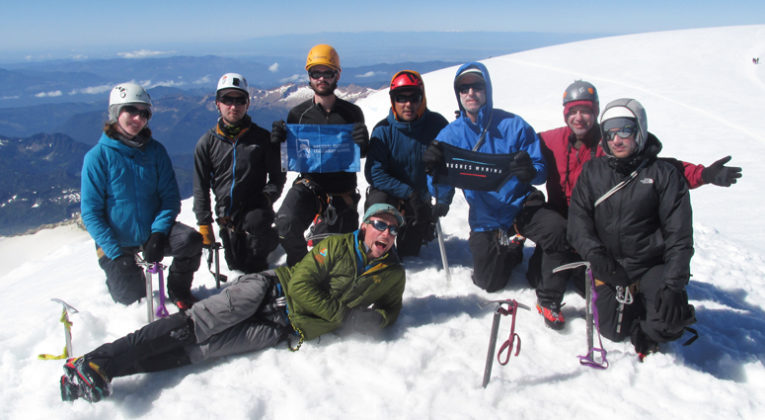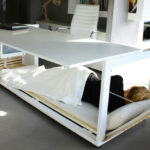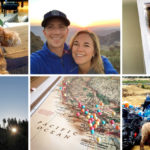Mount Baker as Learning Lab on a NOLS Alumni Trek
By John Jarvis
We gathered on a Wednesday morning at the Pacific Northwest Branch of the National Outdoor Leadership School (NOLS). Seven students and two instructors all meeting for the first time with plans to spend a week together living on Easton Glacier, learning the skills for safely navigating, climbing and, hopefully, summiting Mt. Baker’s ice and snow. We didn’t interview for this assignment, and we never saw one another’s resumes. Several of us, myself included, had no previous snow camping or ice climbing experience. The only thing we all had in common was NOLS. This was a NOLS Alumni trip, and all of us had been previously schooled in the NOLS Leadership Model on some trip, on some continent, some number of years prior.

We set up our base camp on the snow and spent three days practicing the skills we would need during our climb. We learned the ice-axe self arrest and the toe-kick foot-hold with the Paul Petzoldt rest-step, which, when property executed, effectively builds and refines a staircase to the top for the team members to follow. We learned to walk as a rope team and to protect said rope while wearing sharp metal crampons. We even had the opportunity to practice a crevasse rescue under a somewhat controlled circumstance. I raised my hand to volunteer, and I was only too happy when one of my teammates was given the honor to jump into the crevasse.
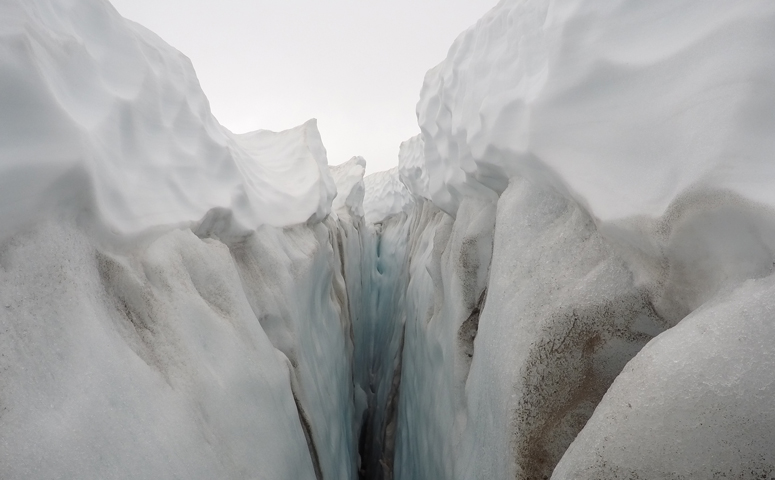
We faced challenges, including cold, wind, rain, fog and a delayed summit bid. We also had laughter, good food and plenty of time for sitting without cell phones and reflecting on the awesome beauty of the natural setting all around us. It wasn’t until I returned home that I had the opportunity to reflect on a key aspect of the trip — when my wife said, “Wow, everyone got along so well. Isn’t that a bit lucky for a group of strangers all coming together and meeting for the first time?” She was right. Our thrown-together crew, ages 22 to 52, was able to come together, bond quickly, and execute effectively as a High Performing Team. On the basis of this experience, I propose that there are three ingredients that enable every High Performing Team to succeed.
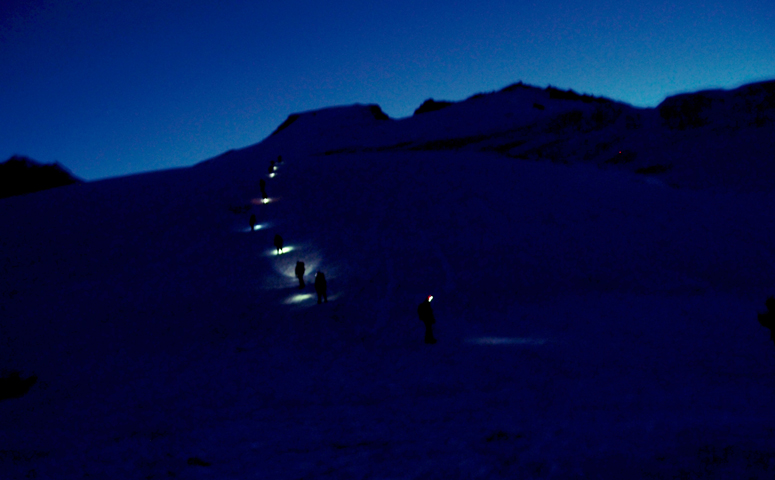
Core Values
High Performing Teams are built around a foundation of shared values. In my work at Hughes Marino our 10 Core Values are our highest priority. We hire to them, we talk about them a lot, and we do our very best to live by them everyday. The NOLS Core Values are similarly prioritized and articulated through the NOLS Leadership Model. If you have been through a NOLS course then you have learned to appreciate the NOLS Leadership Model; in particular, Exhibition Behavior – showing up prepared, sharing your particular skill set and knowledge base to make the team stronger, checking your ego at the door, and doing what is necessary in any moment to help the team succeed. When you are forming a new team, your core values need to be articulated, discussed and bought into by the group. As we came together on Mt. Baker, our prior experience and our shared respect for the NOLS model were deep-rooted and strong, allowing us to quickly engage as a team and move on to the tasks at hand.
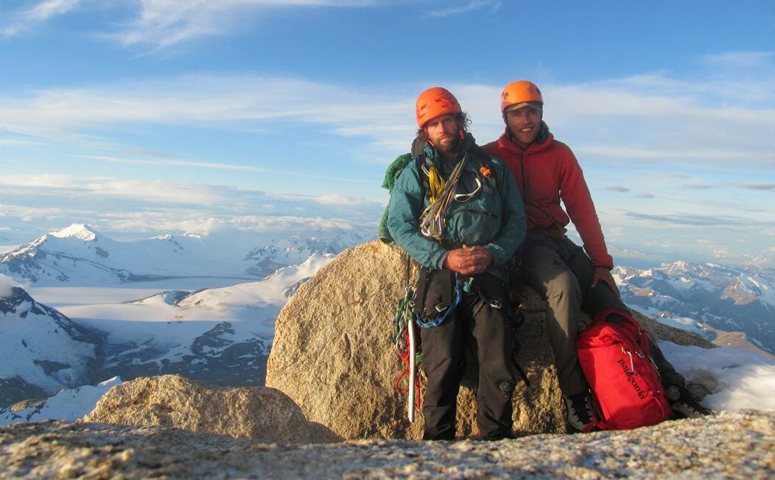
Trust and Confidence in the Team and in the Team Leaders
One of the reasons I enjoy trips into wilderness is that adversity and uncertainty are virtually guaranteed. And in the midst of adversity and uncertainty, leadership challenges emerge. This is fertile ground for growing self-awareness and studying leadership.
NOLS defines four leadership roles including Designated Leadership, Active Followership, Peer Leadership and Self Leadership. All of these were at play on Mount Baker, with each of us stepping forward at various times to play an active role for the benefit of the team. However, the foundation that enabled our team to come together so quickly and effectively was the trust and confidence that we held in our instructors.
Roger Yim and Jared Spaulding are extremely competent mountain guides. When NOLS trains its instructors in mountain safety and glacier travel, Roger and Jared teach the course. I only learned this after I had safely returned home, but I wasn’t surprised. Highly competent, excellent communicators, with sound judgment and decision-making, these guys are both cut from the rugged and durable NOLS cloth. This was important as we headed out to walk on glaciers, over and into crevasses, and to the top of Mt. Baker. We trusted our instructors with our lives, and after we had each been individually schooled in the requisite mountain survival skills, we then in turn trusted one another with our lives as well. The adage that you are only as strong as your weakest link takes on a depth of meaning when you are roped together, trekking on slippery ice above a gaping crevasse. Do you have the utmost trust and confidence in your team and in the team leaders? We did, and it enabled us to succeed as a High Performing Team.
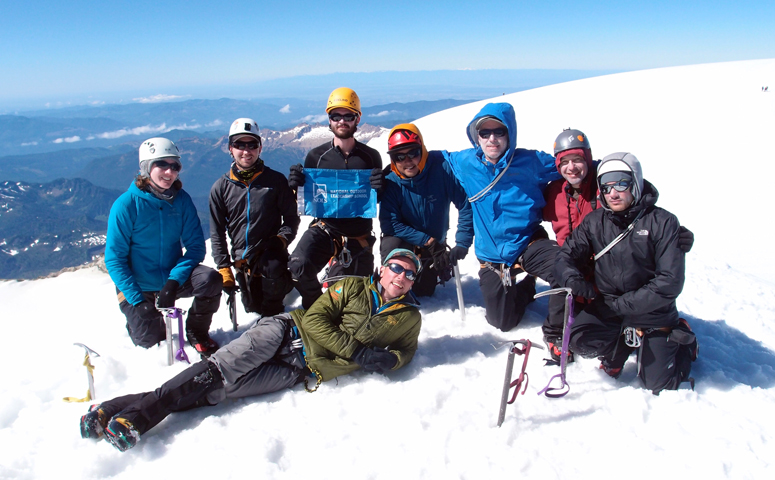
A Shared Aspirational Goal
The third element that ignites a High Performing Team is the task at hand – the work to be done – and agreement amongst the team members around the objective and its worth. A High Performing Team, by definition, must face a lofty, ambitious, aspirational challenge – hence earning the “High Performance” label. On our trip we understood, appreciated and agreed upon our common objective: We were going to learn essential mountain and ice climbing skills and then safely summit, if possible, Mt. Baker. We had one week, and we got right to work on the task at hand.

Are you part of a team that is taking on a massive challenge? You might think about a kick-off meeting to introduce and discuss these concepts. Of course, you may need more than one week. And it helps if everyone on the team happens to have NOLS on their resume.
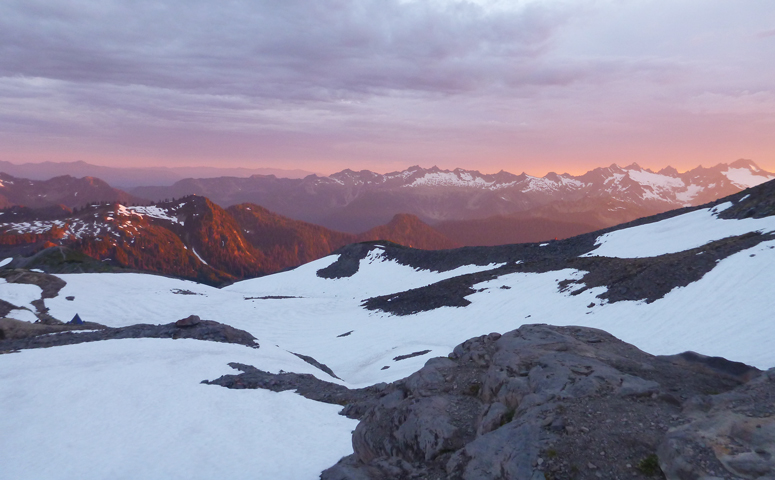
John Jarvis is a managing director at Hughes Marino, a global corporate real estate advisory firm that specializes in representing tenants and buyers. Contact John at 1-844-662-6635 or john@hughesmarino.com to learn more.

